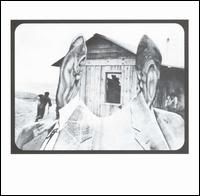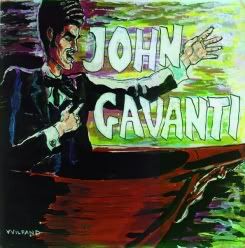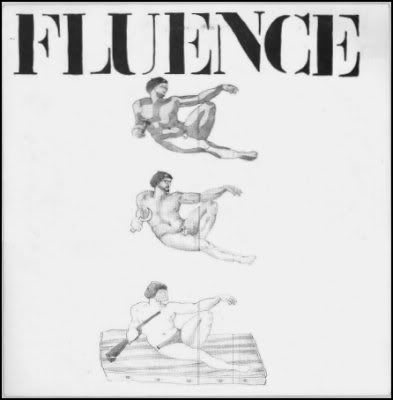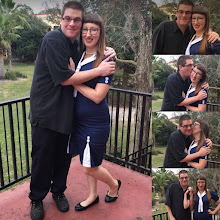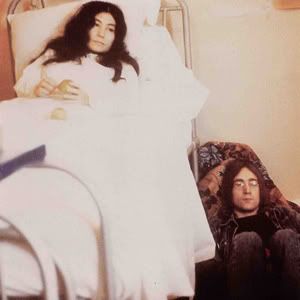
Zapple, 1969; reissued by Ryko with bonus tracks; available
Ryko: 7 tracks, 61:32

Apple, 1970; reissued by Ryko with bonus tracks; available
Ryko: 9 tracks, 65:36
I'm pretty sure you know who Yoko Ono is if you're here, so let's go straight to the reviews!
First up is the second of her three experimental albums with John Lennon. Coming at a time when Ono was a pariah, LIFE WITH THE LIONS didn't help her public image one bit. This album has the honor of being one of the most genuinely unlistenable albums I own, while also being one of the most conceptually interesting. "Cambridge 1969" is a bold opener: twenty-six and a half minutes of Ono freely vocalising over feedback, with slight sax and percussion by Johns Tchicai and Stevens towards the end. It also occupied all of side one. Side two is no more accessible. The sweet acoustic "No Bed For Beatle John" is up next to the self-explanatory "Baby's Heartbeat" and "Two Minutes Silence"; all were recorded in the hospital during Ono's troubled pregnancy. It's rather touching and sad to know that the baby didn't make it, which gives both the heartbeat and the silence that much more impact. The LP proper ends with "Radio Play", which is Lennon and Ono conversing while changing radio stations, even flipping around with "Ob-La-Di, Ob-La-Da" at one point. Bonus tracks "Song For John" and "Mulberry" are returns to the sweetness of "No Bed For Beatle John". It's not something you put on every day, but as a work of art, this album merits investigation.
PLASTIC ONO BAND (not to be confused with Lennon's identically named album) is much more enjoyable overall. Five of the tracks feature a lineup of Lennon, bassist Klaus Voormann, and Ringo Starr; the other, "AOS", is a rehearsal recording from '68 featuring Ornette Coleman's quartet. "AOS" is the most out-there track here, with Coleman's trumpet coaxing Ono into a frenzy. Bassists Charlie Haden and David Izenzon team up with drummer Eddie Blackwell to maintain the wild feeling. The rest of the tracks are very ahead of their time, predicting all manner of post-punk mutations down the line. Starr and Lennon sound like they're having the time of their lives NOT sounding a jot like the Beatles! Lennon skronks and skrees to his heart's content while still finding time for trancier modes of expression, while Starr surprises with consistently innovative drumming, be it fast-paced rock pounding or motorik-esque pulsing. "Greenfield Morning I Pushed An Empty Baby Carriage All Over The City" and "Paper Shoes" both feature Ono's use of processed vocals over nearly krautrock soundscapes, while "Touch Me" and "Why" rival ANY '90s noise rock act for ferocity. The long "Why Not" is about equally divided between these extremes. Ryko put three bonus tracks on here. "Open Your Box" is a funky little number, originally intended for a single. "Something More Abstract" is a short snippet, and "The South Wind" finds Lennon and Ono improvising with acoustic guitar and vocals. This is the truly essential Ono purchase.
Check back for a review of UNFINISHED MUSIC NO. 1: TWO VIRGINS soon. This little gem is a collage piece that, while savaged at the time, is the better of the two UNFINISHED MUSIC albums. There's also THE WEDDING ALBUM, which didn't impress me very much, and the wild live albums LIVE PEACE IN TORONTO 1969 and SOME TIME IN NEW YORK CITY*. Anything else credited to Ono and Lennon (though not necessarily to Ono solo) is FAR more mainstream. Ono's massive FLY deserves special attention as well.
*This double LP features a side of Lennon/Ono/Mothers of Invention jams!
